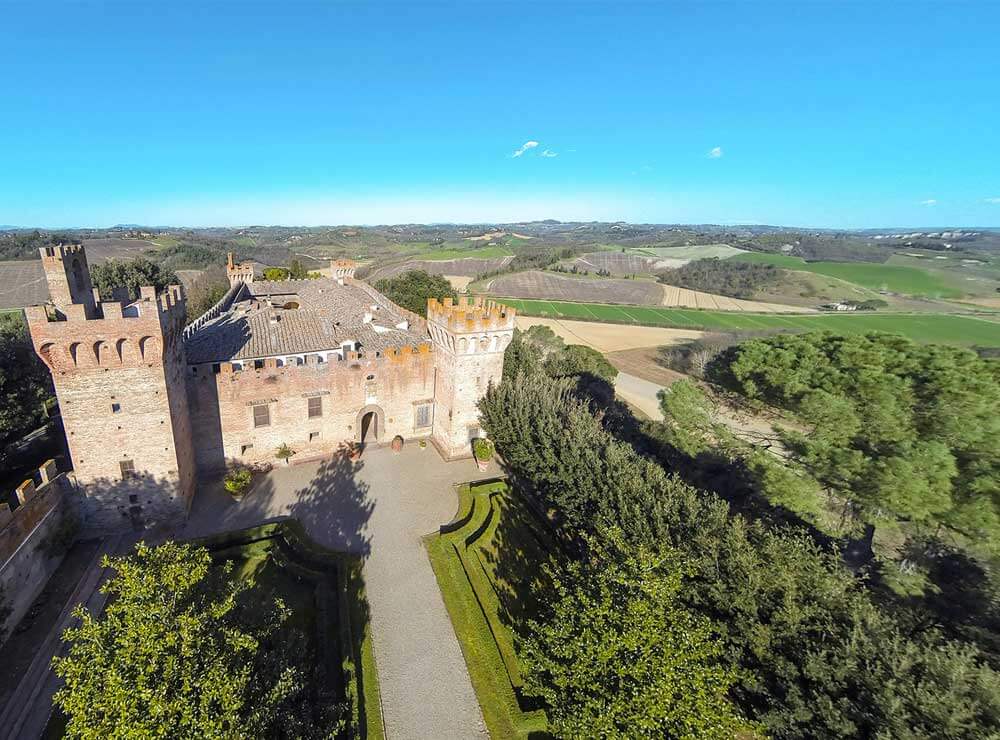
FAMED ITALIAN CASTLE HITS THE MARKET FOR AN UNDISCLOSED SUM
29.05.18One of Italy's most prestigious properties - designed by one of the greatest architects of the Renaissance - has been put up for sale.
While designing the famed domed roof atop the Florence Cathedral, Filippo Brunelleschi was also building an estate for a noble family on the outskirts of town.
The 2,930-square-metre castle which has withstood 600 years, hosted multiple popes and was a base for Allied military command during the 1944 liberation of Italy from Nazi occupation, is now on the market for an undisclosed sum.
“This is one of the most prestigious properties ever put up for sale,” says Dimitri Corti, president of Lionard Luxury Real Estate, which listed the property this week.
Brunelleschi built the Tuscan castle, completed in 1424, with all the trappings of a fortress incluidng four square turrets stand at each corner and the building is ringed in walkable crenelated battlement walls. The castle also contains evidence of the maverick architect’s research in new materials and fascination with Roman architecture.
The home is built entirely of brick rather than stone, using the same technique as in the dome of the Florence Cathedral, also known as the Duomo. Massimo Ricci, one of the top experts in Brunelleschi's architecture, says: "Brickwork in this castle has been mastered to such a point that structures which would usually be built with stones were instead all systematically built with this material.
"No one in those years, except Filippo Brunelleschi, would have been able to do such a thing.”
The castle wraps around a central courtyard, which includes hints at the classical Roman architecture that was Brunelleschi’s central curiosity. Columns line an open loggia, and an unusual archway featuring a half-vault system.
The estate, spanning 1,200 hectares, encompasses an additional 18th-century villa, 25 farmhouses and outbuildings, and a chapel in the forest, according to Lionard.
The home played host to at least three Catholic popes, including Leo X, a member of the powerful Medici family and great patron of the arts, Clement VII and Paul III Farnese.
Abode Affiliates
COPYRIGHT © Abode2 2012-2024





















































































































































































































